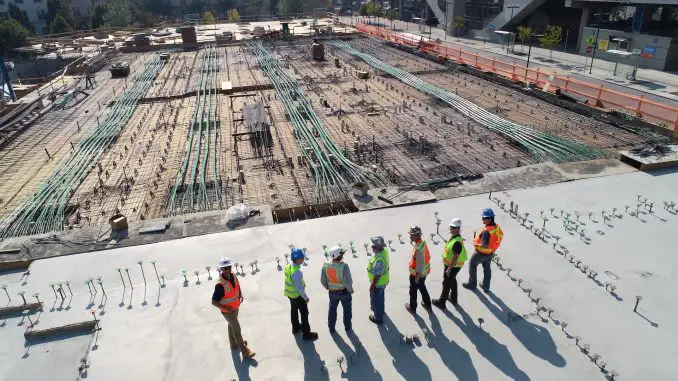
With the increased production of eco-friendly or green building materials, there is no need to compromise anymore. You may even furnish the entire home with green products.
Buying eco-friendly products for your home remodel might be a great challenge. That is because it is difficult to differentiate genuinely green building products from those that are not.
Fortunately, realtors in Dallas, TX, have compiled a list of the most eco-friendly building materials. Some of these materials include the following:
1. Bamboo
This is a strong fiber, which is rich in perennial grass. It is often available in nearly every continent, apart from Antarctica and Europe.
The use of this material as a construction material is associated with South America and South Asia regions as they are favorable for bamboo cultivation.
Bamboo can also be used in other regions for the building of scaffolding, structures, bridges, and houses. Not to mention, it is easy to cultivate, fast to grow, and eco-friendly, making it suitable for building.
2. Straw Bales
These building materials have great insulating properties. They are mostly placed in ceilings, attics, and walls to contribute to warmer and cooler temperatures during summer.
The making of these building materials has a low influence too. According to recent research, using straw bales is a sustainable way of constructing buildings from the standpoint of energy and materials required for cooling and heating.
3. Stones
Living in stone structures is eco-friendly as it requires low maintenance, and any extra leftovers can be used for finishing, like tile or countertops.
Constructing buildings with stones doesn’t produce harmful toxins or chemicals in the interior part of the structure. And since it happens naturally, you don’t require other resources to create stones.
4. Mass Timber
Following a few changes in the building codes, this material has gained traction, especially in the US, and can greatly impact the construction industry by minimizing carbon emissions. This is true if mass timber is combined with forestry practices. The result of this is a load-bearing, versatile, and strong material used for roof, floor, and wall construction.
Mass timber is important as it weighs less than steel and concrete but achieves the same goal. In addition, the material is less wasteful and efficient and may minimize on-site waste as well as use wood, which can otherwise be discarded.
5. Precast Concrete Slab
Normally, slabs are made at a manufacturing site and shipped to building sites. Some of them are made of concrete but have hollow air spaces, such as concrete blocks.
These slabs are often used for building facades and walls as they can withstand different weather conditions, whereas others may be used for flat roofs and floors. In addition, concrete slabs are affordable building materials and a perfect way of controlling heat in the building.
The Takeaway!
With the increased environmental awareness for the past twenty years, sustainability is becoming a priority for builders and architects alike. And now more than ever, people looking to build new commercial buildings, residences, or houses are relentlessly looking for eco-friendly materials, like mass timber and bamboo, to minimize the negative effects of construction.
Leave a Reply